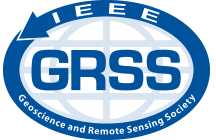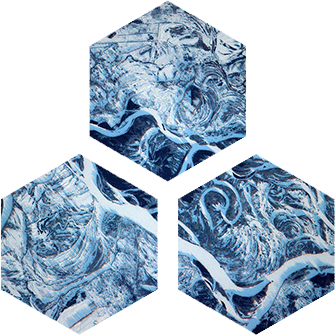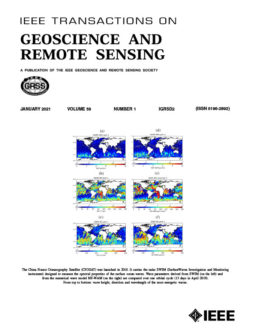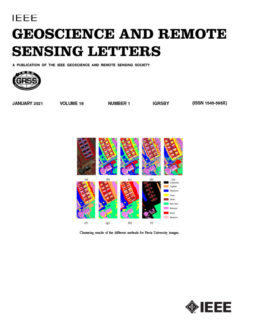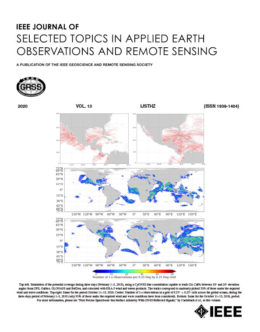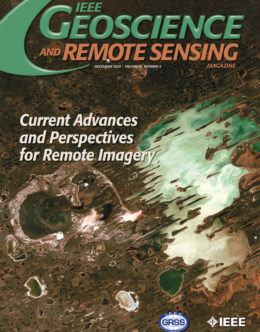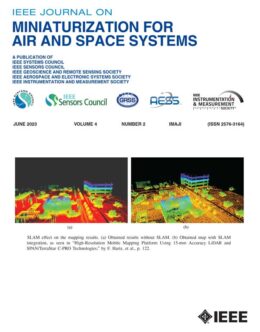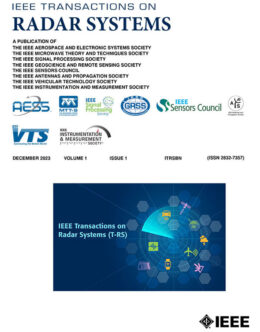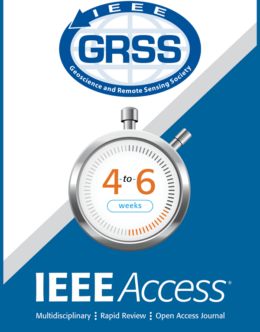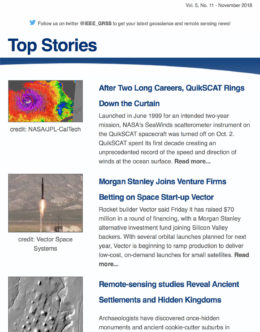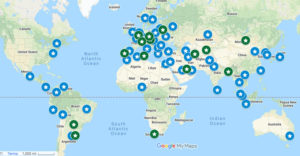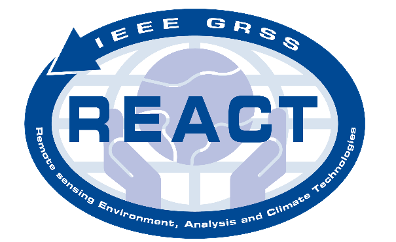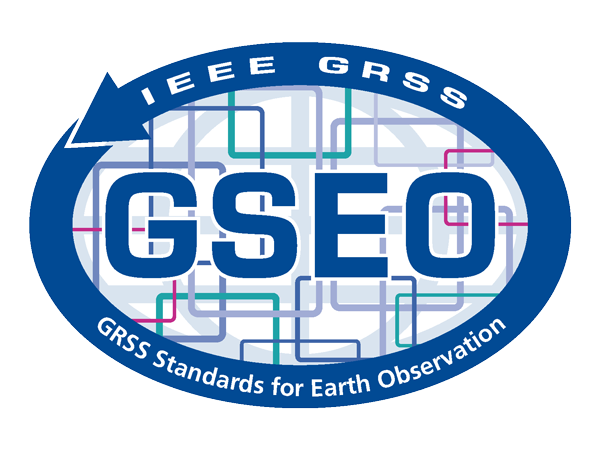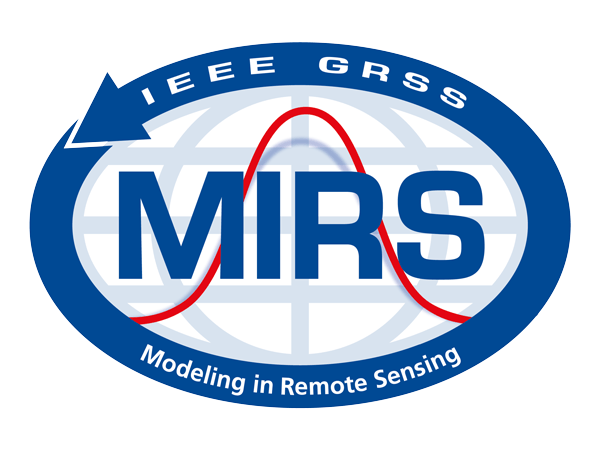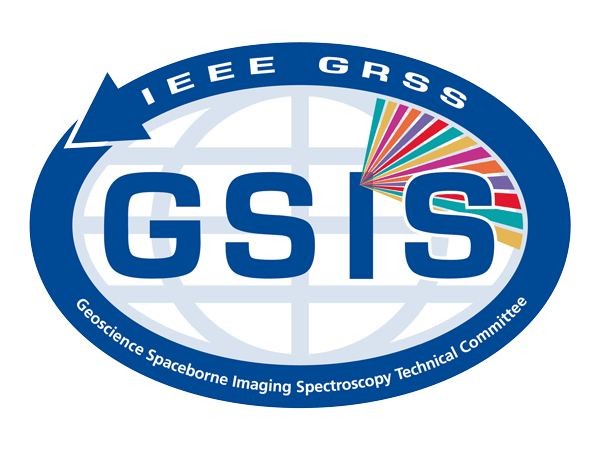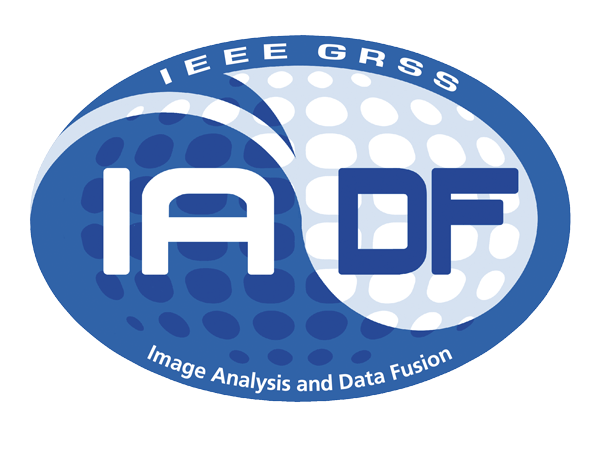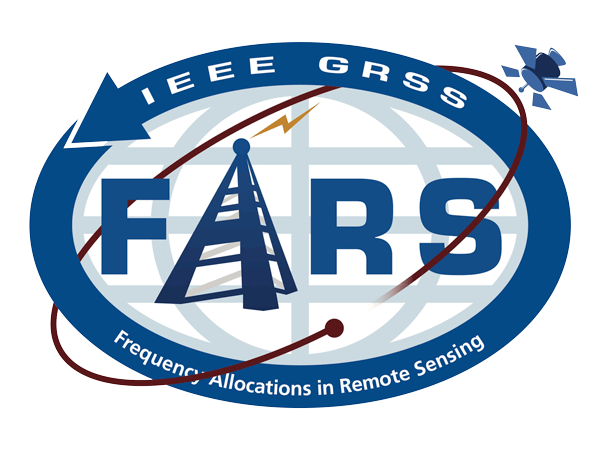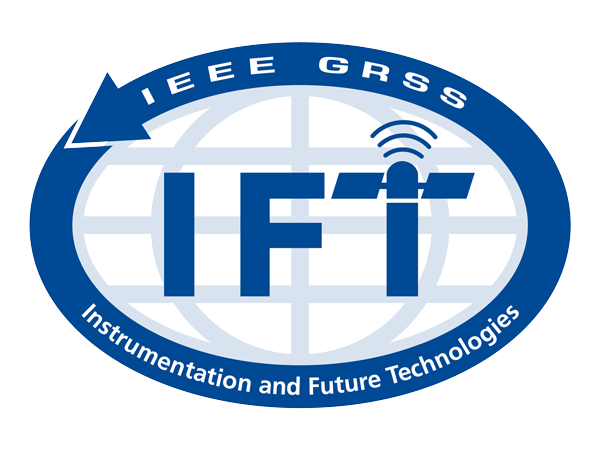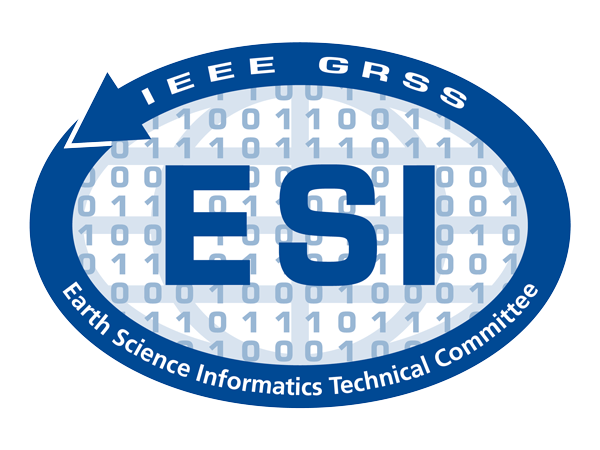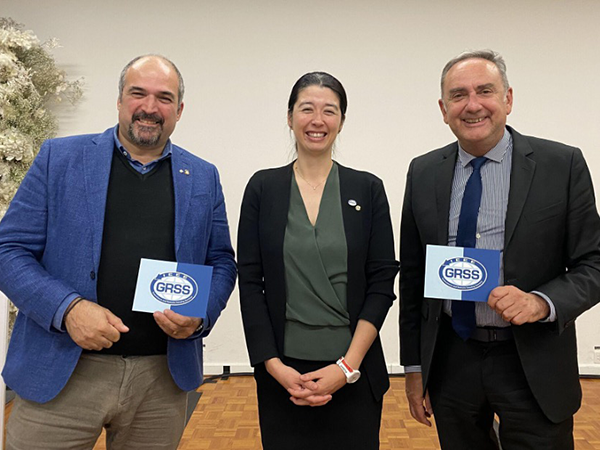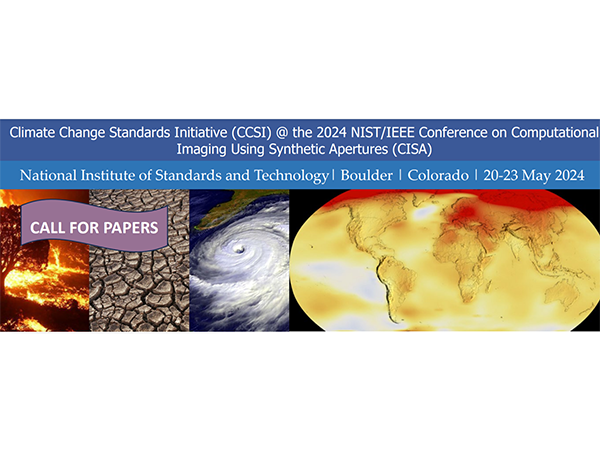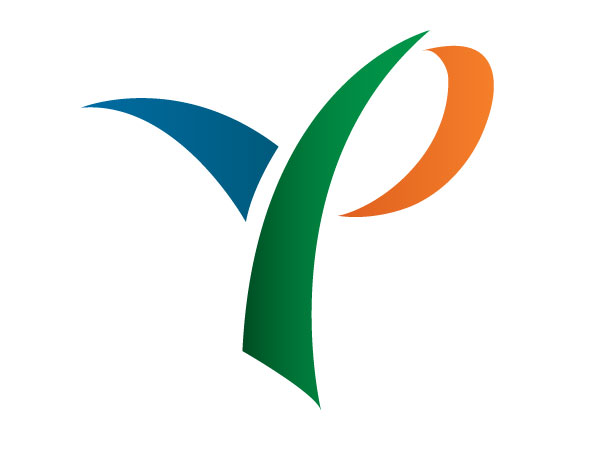Synthetic Aperture Radar (SAR) data can and has been applied to a diverse set of land and water resource management and survey problems; these include post-disaster damage assessment, volcano and landslide hazard assessment, urban and structural monitoring, permafrost degradation, wetlands water level change, ocean wind measurements, sea-ice motion and ship detection, sea-level rise, vegetation disturbances, groundwater induced land deformation, and agricultural land use. The NASA-ISRO SAR mission (NISAR), an L- and S-band SAR satellite with a global observation plan, is engaging the applied science community in annual workshops, the second of which will be held October 13-15, 2015.
This workshop will focus on constructing a 5-year roadmap for developing the suite of products and software to support the needs of the diverse NISAR applied science end-user community, and to clearly establish guidelines with regard to Project support of applications and data latency to clearly set expectations. To develop this roadmap, we will identify current and planned activities for ‘communities of practice’ (groups already using SAR data to support their management or decision-making needs) and ‘communities of potential’ (groups with ideas or prototypes for using SAR data). Workshop participants will identify key activities (e.g., research/technology development, software or product development, training campaigns) that can be used to guide NASA and the NISAR project, as well as other agencies and private sector investments in the years leading up to NISAR’s launch.
A full day SAR training session will be offered to participants on Tuesday, October 13, followed by the two-day workshop October 14-15, 2015.
